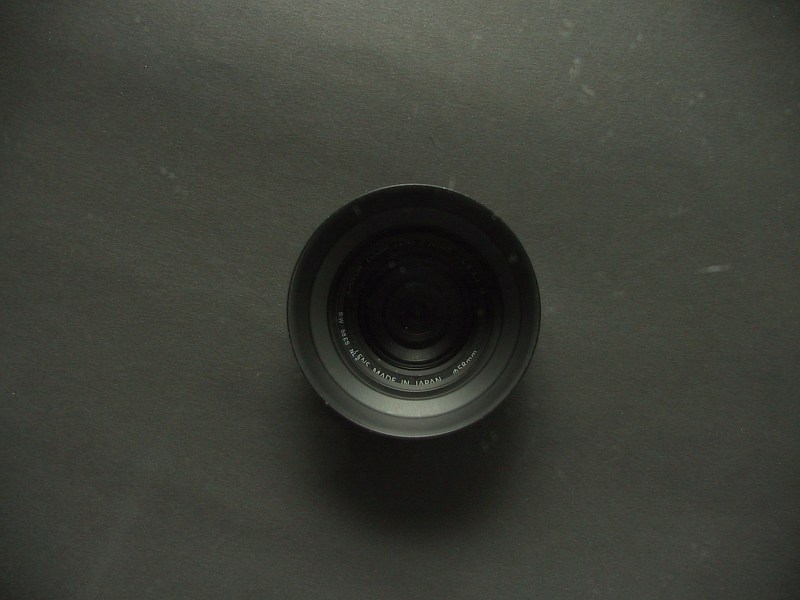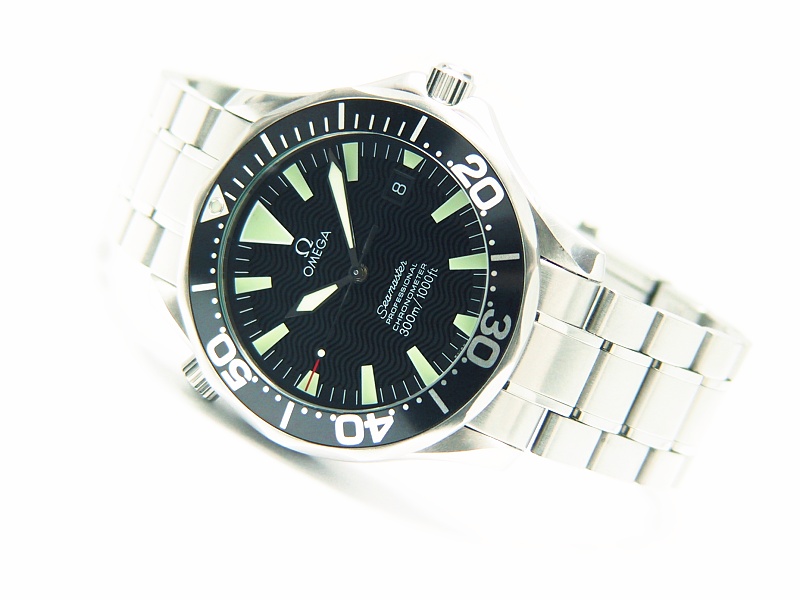| Informational Websites | ChronoMaddox -- the legacy of Chuck Maddox | OnTheDash -- vintage Heuer website | Zowie -- Omega information |
| Discussion Forums | ChronoMaddox Forum | Heuer Forum | Omega Forum |
| Counterfeit Watchers | ChronoTools Forum | ChronoTrader Forum |
|
|
The largest independent, non-commercial, consumer-oriented resource on the Internet for owners, collectors and enthusiasts of fine wristwatches. Online since 1998. | |||||||
|
||||||||
|
||||||||

Feel free to discuss pricing and specific dealers. But 'for sale' postings, commercial solicitation and ads are not allowed. Full archive of all messages is accessible through options in the Search and Preferences features. Privacy, policies and administrivia are covered in the Terms of Use.
| For the answer to the NUMBER #1 most frequently asked question here--for details or value of a specific older Omega watch you have--go to: Tell Me About My Omega. | Learn more about How To Include Photos and HTML In Your Postings. | To contact someone with a question not relevant to other readers of the forum, please click on their email address and contact them privately. |
1) Patience - Don't rig up your camera if you are in a hurry.
2) Use a tripod - The blur comes from shaking the camera and throwing it off focus when depressing the shutter.
3) As much light as you can get - Low light will give you either shaken pictures because of long exposure or too narrow depth of field because the aperture will be wide open. Be careful with mixed light sources or hot light along with daylight. Mixtures will cast a color on your pictures.
4) You can never have enough black and white reflectors. Nothing is too silly. Notice the Pampers box and the diskettes in the image below. Also see the black board that I hid the camera behind.
5) Learn about correct exposure. Digital pictures that are too bright or too dark can't easily be adjusted in the digital darkroom due to their poor contrast range.
-hacmac



| Chronocentric and zOwie site design and contents (c) Copyright 1998-2005, Derek Ziglar; Copyright 2005-2008, Jeffrey M. Stein. All rights reserved. Use of this web site constitutes acceptance of the terms of use. | CONTACT | TERMS OF USE | TRANSLATE |